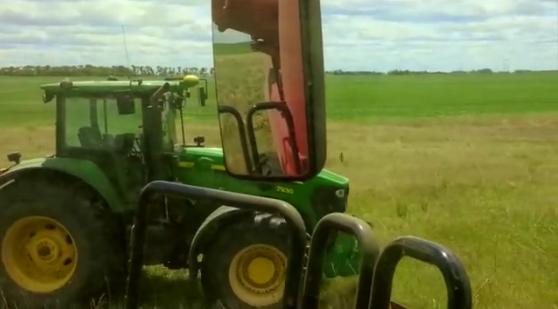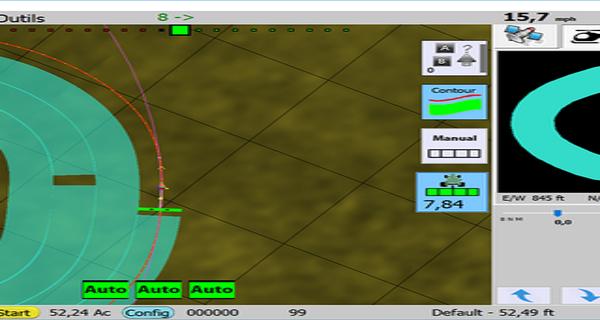Automatic DiDIY Farming, three years later
There is still a lot to do, but things look pretty good.

Exactly three years ago I mentioned, in a conference report for the DiDIY project, something “less glamorous, but potentially much more important in the long run” than many other “maker” projects: the “autonomous tractor” and other projects of Matthew Reimer, a Canadian farmer who used Digita DIY to hack his tractor, so it could follow and assist him in the fields. In 2016, I wrote that Reimer’s work was a perfect example and application of what W. Tebbens and I had argued the year before in our paper on Digital DIY for self-sustainability of rural areas.
This year, I tought I would check what the status of “digital DIY farming” is, and things are looking evn better. Several stories in the Golden Age of DIY farm invention prove that our proposals and forecasts of 2015 were right on spot, and their adoption is increasing at accelerating speed.
It’s mind-boggling to pay to unlock what you bought
Reimer, the farmer I met in 2016 in Paris, is still doing open source farming, and here is how he sees the field in 2019:
“We’re at one of those times where tech reaches a point and people figure out how to combine things from multiple sources”
But, as in 2016, Reimer is still frustrated [and motivated] by the costs of closed commercial solutions:
“It’s $20,000 or more to set up autosteer and a lot of the time it’s just a software unlock code to make the tractor work with other current equipment or your desired level of GPS activity. It’s mind boggling to pay for hardware and then have to pay for an unlock code."
“That’s farming”. Open Source, DIY Farming, that is
“Some guys will continue to pay $500,000-plus for a new tractor and all the extras, and others will buy an older model and dress up it with open source and DIY. That’s farming.”

“Agriculture is so proprietary and locked down solid. I thought it was time to go open source.” So says Brian Tischler, who is the developer of AgOPenGPS, a software for precision mapping and tractor automation.
“The tech has been there for 30 years, but now it’s off-the-shelf easy [and cheap] items. Almost anyone with a technical bent can do it or quickly learn how to do it.”
Real needs, and reuse, that is REAL innovation
Another farmer working on several projects, K. Laird, sums up the benefits of open digital DIY farming in this way:
- farmers want “something that’s cheap, but works and is functional. Like never before, that is now possible”.
- above all, “Once one person does it, it’s over.
DIY 3D printing for farming? “Simply amazing”
Another farmer described how, with a 200 USD 3D printer and 3D CAD software “I can make almost any shape [then] make things out of plastic, place them in a mold, and then remold them in aluminum. I can print objects as large as 9"x9"x10”… [It’s simply amazing!]"
The next level: DIY computer vision
I found particularly interesting a forecast by Tischler: “one big area for future application is robotic crop tending; making your own computer vision to remove everything but the crop [because, due to herbicide resistance] we are running out of chemical options."
Who writes this, why, and how to help
I am Marco Fioretti, tech writer and aspiring polymath doing human-digital research and popularization.
I do it because YOUR civil rights and the quality of YOUR life depend every year more on how software is used AROUND you.
To this end, I have already shared more than a million words on this blog, without any paywall or user tracking, and am sharing the next million through a newsletter, also without any paywall.
The more direct support I get, the more I can continue to inform for free parents, teachers, decision makers, and everybody else who should know more stuff like this. You can support me with paid subscriptions to my newsletter, donations via PayPal (mfioretti@nexaima.net) or LiberaPay, or in any of the other ways listed here.THANKS for your support!